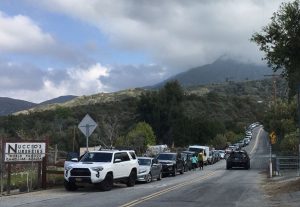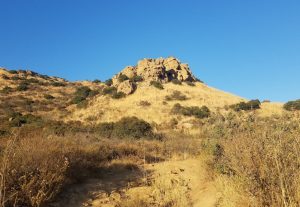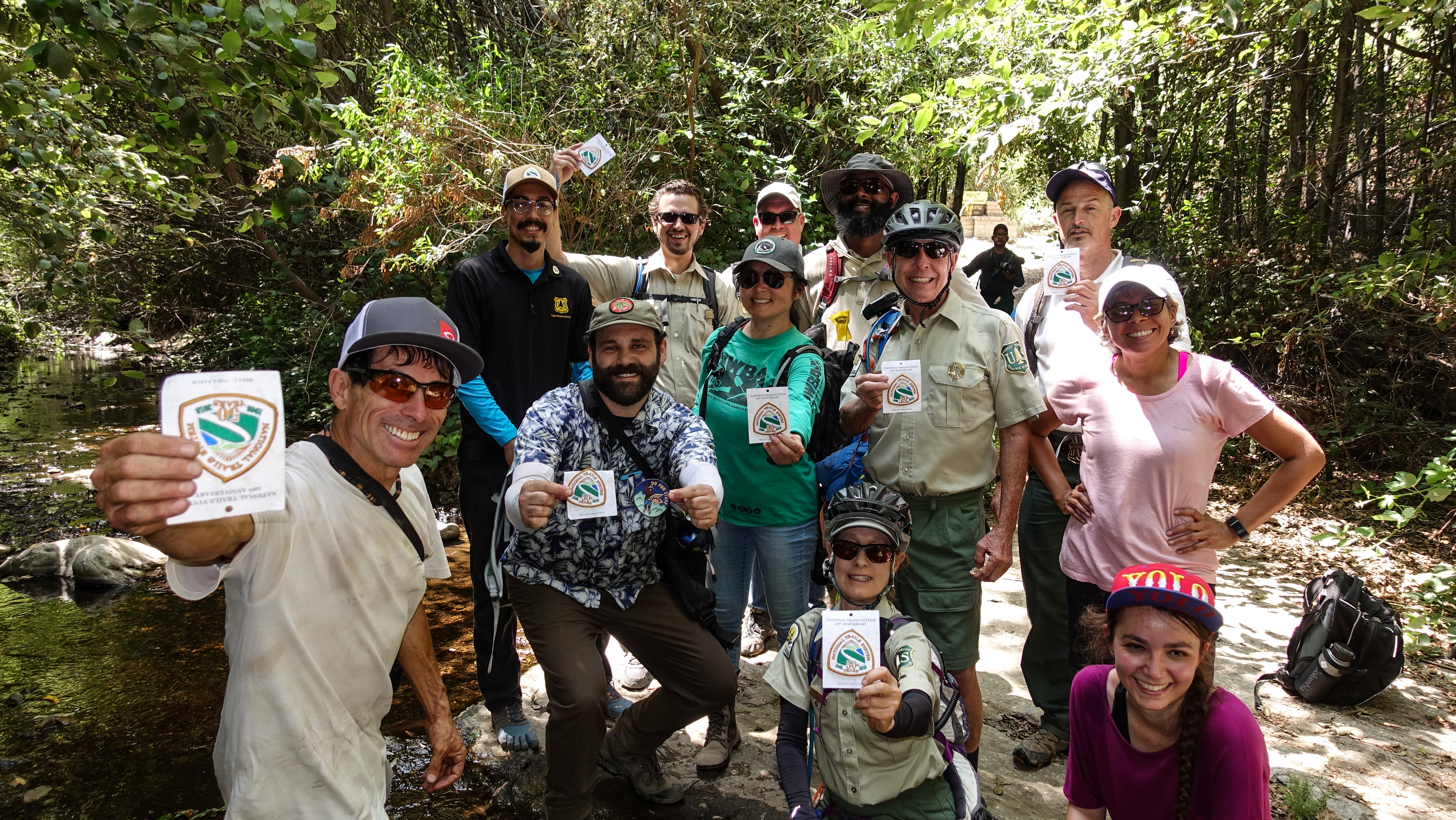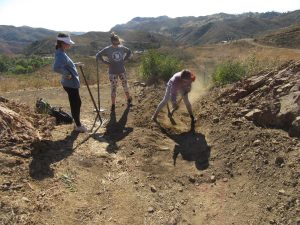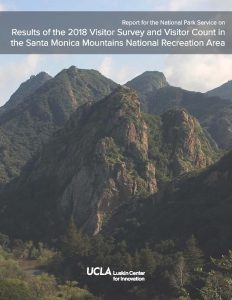 This week UCLA’s Luskin Center for Innovation published the Santa Monica Mountains National Recreation Area Visitor Survey results. This new report builds upon previous visitor surveys and user counts, conducted in 2002. The data are needed to help guide management of the SMMNRA. A Briefing on Diverse Park User needs is also available.
This week UCLA’s Luskin Center for Innovation published the Santa Monica Mountains National Recreation Area Visitor Survey results. This new report builds upon previous visitor surveys and user counts, conducted in 2002. The data are needed to help guide management of the SMMNRA. A Briefing on Diverse Park User needs is also available.
Of specific interest to mountain bikers, is that this data will be used to inform and refine the ongoing Santa Monica Mountains Interagency Trail Management Plan development, which will help guide the respective agencies’ management of existing trails and construction of new trails. The Trail Management Planning process began in 1998. You read that correctly, 1998.
CORBA has for years been advocating for a change in use of trail designation in State Parks, where mountain bikers have the least singletrack trail access relative to the trail miles available to hikers and equestrians. CORBA has a list of trails we’ve formally requested to undergo a change in use. The State’s own policy requires them to respond to these requests. These changes are needed to improve connectivity, decrease congestion on some crowded trails, and further disperse recreational cycling. Our change in use requests date back to the 1990s, and not a single trail has undergone a change in use in that time.
California State Parks underwent a multi-year, multi-million dollar Programmatic Environmental Impact Report to supposedly streamline the change in use process. So far, the only outcome of that study was to retrofit the Tapia Spur trail–which was already open to bicycles–with pinch points, implemented so poorly that all but expert cyclists have to dismount to negotiate some of them.
State Parks have told us to wait for the Trail Management Plan to be completed, which will supposedly identify trails suitable for a change in use to allow bicycles. They have been telling us that for more than 15 years.
While we welcome the report, the surveyors acknowledge that cyclists and equestrians were the least likely to stop and take a survey. The report states that mountain bikers were the 3rd most observed user type in the visitor count, at only 7.7% of visitors. It’s important to note that the survey is of park visitors, not necessarily trail users. It includes respondents who were not necessarily there for trails, but were counted as hikers since they were on foot.
Due to this, and since the survey sites included many trails not open to bicycles, the results seem skewed to undercount cyclists. Any mountain biker or gravel grinder can attest that on trails where bicycles are permitted, bicyclists account for much more than the 7.7% of users reported in the survey. The report states that mountain biking participation has decreased from the 2002 survey. We know this is not true.
It isn’t surprising that 75% of mountain bikers who took the survey were male. That’s an improvement over the 86% male participation in 2002, but we’ve still got a long way to go.
Another important aspect of the survey are the demographics of park visitors. The data highlight social inequities in who has access to the park. The survey acknowledges LA County’s Park Needs Assessment, and corroborates some of that study’s findings. A majority of visitors were higher income, caucasian, educated, and english-speaking. It’s clear that the economically disadvantaged, and non-english speaking populations are far less likely to visit the National Recreation Area, and have a more difficult time doing so. They travelled further, and spent more time to get there.
CORBA’s Youth Adventures program is one way that we are helping to counter that inequity. About twice per month, at-risk youth who would otherwise have no access to the National Recreation Area are taken on a guided interpretive mountain bike ride.
The release of the survey results is an important step forward. Even with it’s acknowledged flaws and perceived inaccuracies, it is needed to guide all park infrastructure development, not just trails. For that we must continue to wait for the Interagency Travel Management Plan. After 22 years we’re hoping to see that plan sometime this decade.




